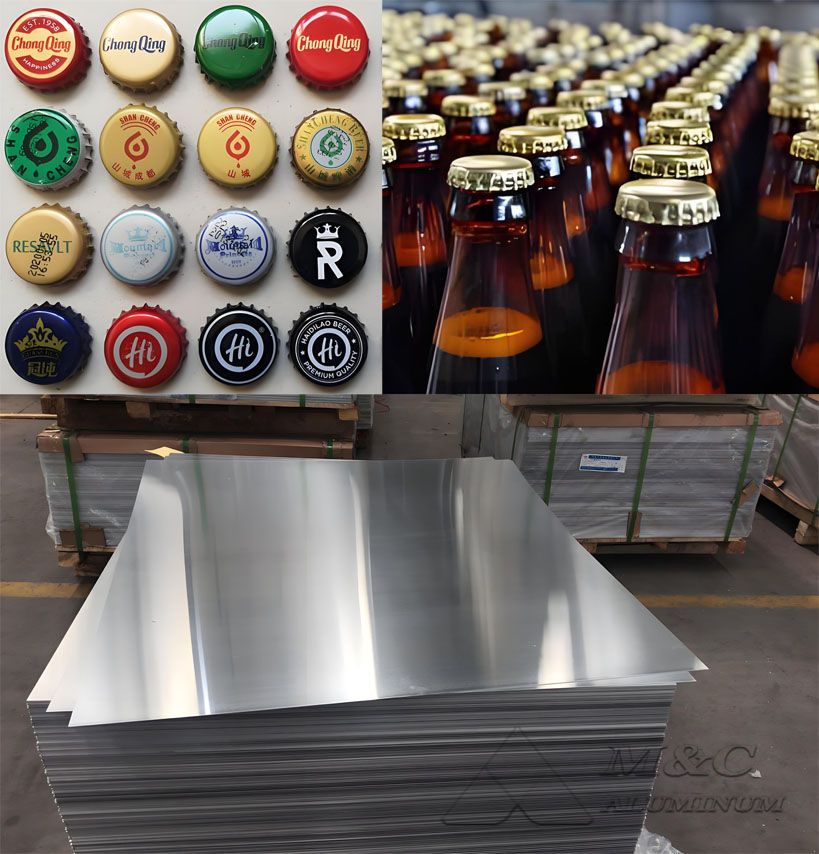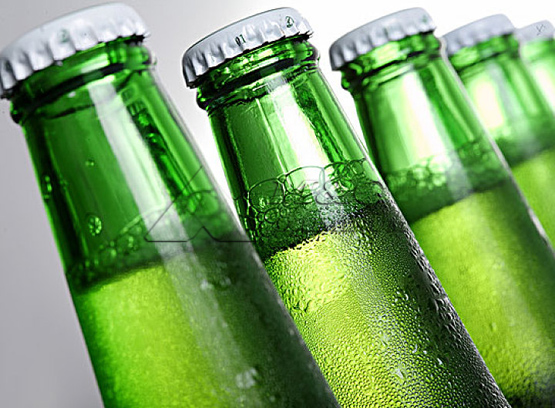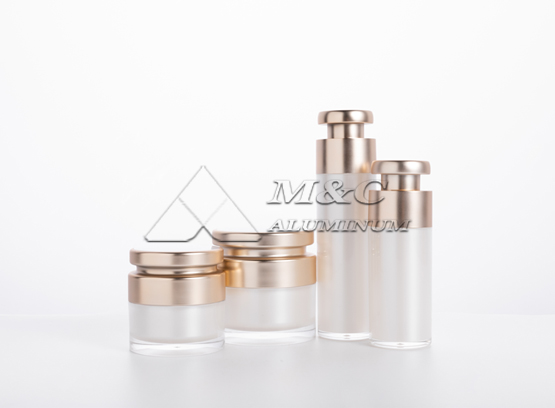- Address:Zhengzhou, Henan, China
- Mon-Fri (8am - 6pm)
- sales@alummc.com

8011 Aluminum sheet for crown cap
The commonly used aluminum sheet material for crown caps (i.e. bottle caps, especially aluminum beer bottle crown caps or carbonated beverage bottle caps) is usually 8011 H14 H16 aluminum alloy or 3104 aluminum alloy. This material has the characteristics of low density and light weight, which can significantly reduce the weight of packaging and is conducive to energy saving and environmental protection. It also has good corrosion resistance and durability, making the crown cap suitable for packaging that is stored and transported for a long time.
Aluminum alloy bottle cap materials have strong processability, and the surface can be treated in various ways, such as painting, sandblasting, etc., to meet the packaging needs of different products.
Introduction to aluminum sheet for bottle cap materials:
8011 belongs to the 8××× series alloy aluminum sheet, with Al-Fe-Si elements added. Its alloy properties have higher advantages than pure aluminum, and it is also suitable for making packaging materials such as crown caps.
3104 aluminum alloy is an aluminum-magnesium-manganese alloy with magnesium and manganese as the main additives. It has good metallurgical quality and punching forming performance. It is often used to make crown caps, aluminum pull-off caps and other packaging materials.
Aluminum sheets of these two alloy grades have excellent barrier properties, sealing, high strength and toughness, as well as good processing performance, and are very suitable for making crown caps and other packaging materials.

Aluminum Alloy Crown Bottle Cap Material Specifications:
| Material | Aluminum |
| Alloy | 8011 3104 |
| Temper | H14 H16 H18 |
| Thickness | 0.15-0.25mm |
| Width | 100-1600mm |
| Length | 100-1700mm |
| Liner options | PE lining, tin foil lining, Saran lining, etc. |
| Use | Used to seal beer, carbonated beverages, mineral water, wine, etc. |
Beer bottle cap material aluminum sheet production process:
Material preparation: Select 8011/3104 aluminum alloy material.
Smelting and casting: Melt high-purity aluminum ingots and a certain proportion of alloy elements into liquid aluminum, pour them into the mold, and wait for them to cool and solidify to obtain aluminum sheet blanks.
Hot rolling: The blank is heated and rolled many times and gradually becomes an aluminum sheet of the required thickness.
Surface treatment: The surface is treated by deoxidation, polishing, grinding, etc. to obtain a smooth and bright surface.
Forming: Use bending machines, bending machines or punching machines to bend and form the aluminum sheet according to the design requirements.
Quality inspection: Strict inspection of the size, appearance and material composition of the aluminum sheet to ensure that the aluminum sheet meets the design requirements.
Why choose us?
1. Dimensional accuracy: Strict dimensional deviation requirements to ensure smooth processing on the production line.
2. Surface quality: The surface should be smooth without defects such as cracks, bubbles, impurities, etc.
3. Mechanical properties: Moderate strength and ductility to prevent cracking or creases during processing.
4. Hygiene and safety: For food or pharmaceutical packaging, aluminum sheets meet relevant hygiene standards.
Related Articles
- Raw materials for tear-off aluminum caps
- 5052 pull ring can lid aluminum sheet
- 8011 Aluminum Closure Sheet Coils for Olive Oil Caps
- Aluminum foil for painted POE cover 8011 1050
- 3105 8011 printed aluminum plate for bottle cap anti-counterfeiting
- Deep drawn bottle cap material aluminum alloy strip 8011 3105
-
Advisory Message
Alloy Grade Thickness, Application, etc.
-
Quick Reply
Quick reply within 30 minutes
-
Getting Information
One-to-one design and customized production plan










